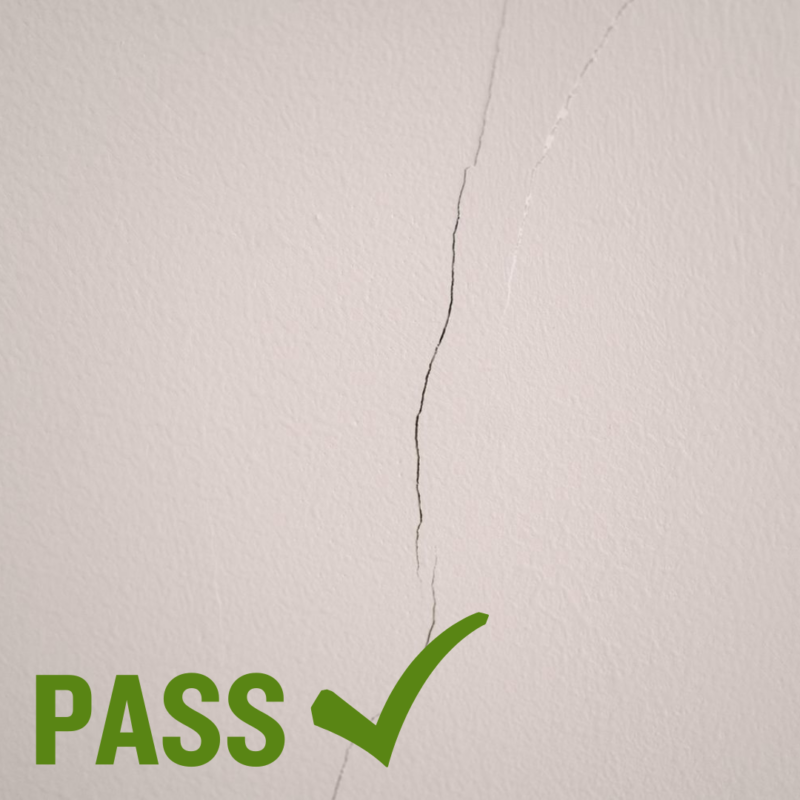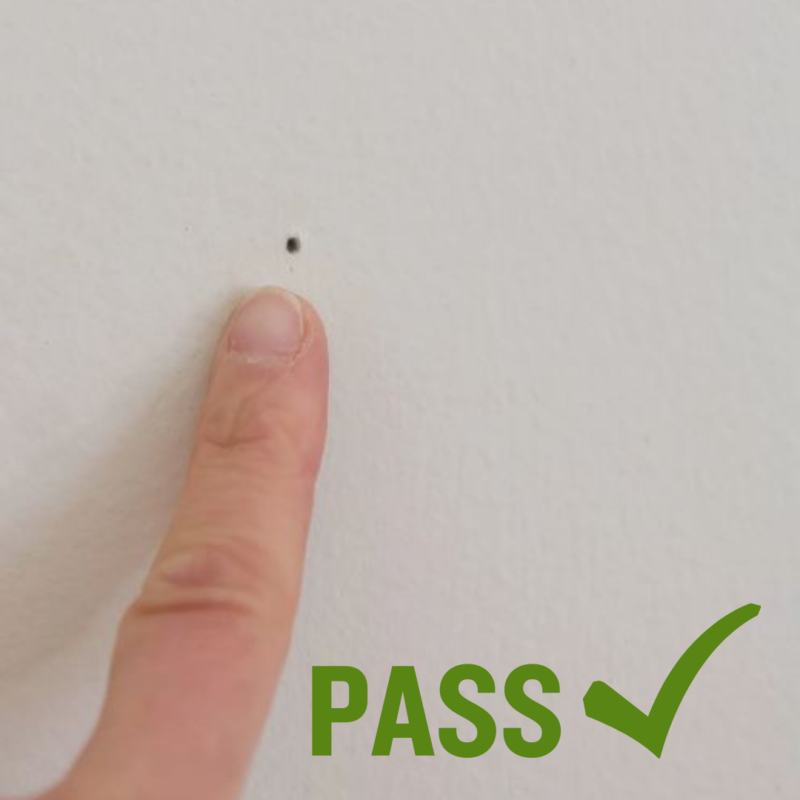Visual Inspections
What Happens During a Visual Inspection?
Visual inspections for lead based paint hazards simply means that our certified inspectors will come to your property and visually look for signs of paint chipping and deterioration.
If no deteriorated conditions are found, then a Lead Safe certification will be issued. Lead Safe certificates are good for 3 years unless there is a tenant turnover after 2 years.
If deteriorated paint conditions are seen during the visual inspection and the house is built pre-1978 then a certificate will not be issued. Possible abatement work and additional testing may be required before a lead safe certificate will be issued.
What To Expect During the Visual Inspection
- Our inspectors will need access to the interior of the rental unit. This includes any area of the home that the tenant can access such as hallways, basements and shared laundry rooms.
- Exterior areas such as porches are not part of the inspection.
- The inspector will look for paint chips or dust from painting activities that were not cleaned up and paint residue on floors.
- Visible paint chips, dust and paint residue on floor will result in a failing grade for the visual inspection.
- Any deterioration greater in size than a nail hole or larger than hairline crack will result in failing the visual inspection.
- The inspection report will be sent to the property owner 10 days after the inspection is complete. Reports can be expedited for an additional fee.
What Is Considered Deteriorated Paint?
Per HUD guidelines, anything greater than a hairline crack or larger than a nail hole is considered deteriorated paint and will result in a lead safe certification NOT being issued.
Schedule Your Inspection Today!Examples of Deteriorated Paint and Intact Paint
Use the image sliders below to see examples of deteriorated paint conditions that would result in failing the visual lead paint testing.
Windowsills
Carefully inspect windowsills for any signs of cracking, peeling or bubbling paint. Pay special attention to the inside portion of the window frame for signs of paint deterioration.
Doorways
Carefully inspect the door frame and doorways for any signs of cracking, peeling or bubbling paint. Pay special attention high friction areas of the door near the knob and other hardware.
Staircases
Look for areas of chipped or peeling paint. If your staircases have carpet, check around the carpet for signs of paint chipping. Also check the banisters ensure the banisters for any signs of paint deterioration.
Learn More
LEW Environmental Services is a NJ DCA Certified Lead Evaluation Contractor, and all of our staff are properly trained and certified. To help prepare for your inspection, they’ve put together a ‘Guide to Visual Inspections’. Our free guide includes real example pictures from our inspectors along with explanations of the deteriorated conditions that might result in a failure.
View Our Visual Inspection Guide Schedule Your Inspection Online Today!

